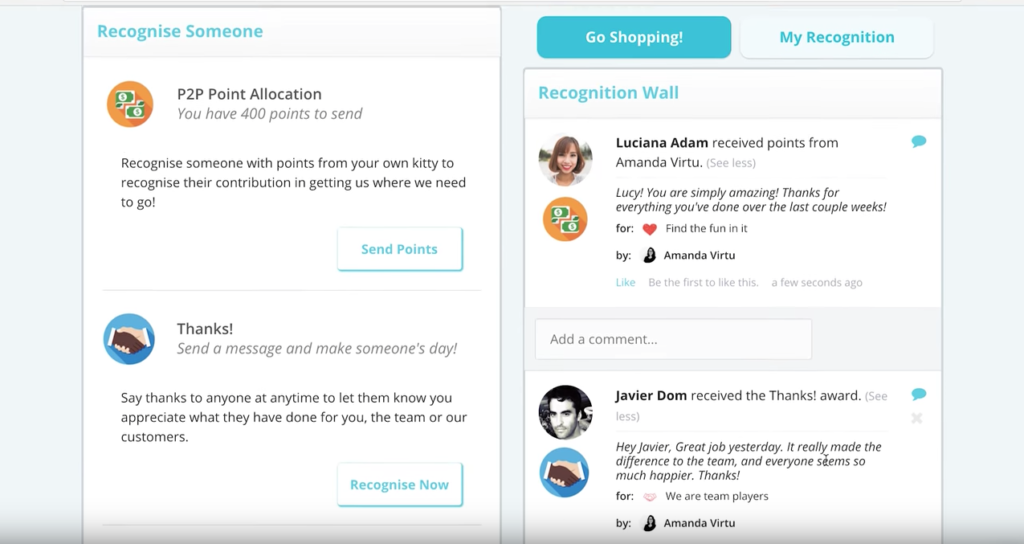8 Reasons Employee Recognition should be in your FY18 budget

With the end of financial year fast approaching; budgets, planning and focus on preparing for another year dominate. With the quest for every business being, how they plan for a better year in FY18. We’d like to suggest an inclusion:
The only way you’ll have a better year is if your people are aligned, engaged and clear on what you expect of them.
So here are 8 reasons to include a recognition program in your FY18 budget:
Recognition is one of the biggest influencers of employee engagement. Studies show that recognition accounts for up to 41% of variation in engagement. And the benefits of engaged employees have been proven to influence everything from safety incidents, to absenteeism, customer satisfaction and profitability.
It will cut avoidable turnover saving you avoidable costs. For every great employee that leaves your business it costs you at least 150% of their salary to replace them. By the time you have recruited and got a new person up to speed without factoring in the unquantifiable knowledge loss, your business has gone two steps backwards. The average turnover rate is Australia is 16%. Work out yours to see what losing people costs you.
It will provide transparency across the business. Recognition brings the values of your business to life in front of your eyes. Showing you your greatest talent, allowing you to see progress through achievements and get a sense for what is happening in your business, when you no longer have the capacity to relate to every staff member one on one.
You’ll drive connection through Peer-2-Peer recognition. Sometimes the only people there to witness the great achievements of a team member is their peer. Providing them with the autonomy to recognise their peers fuels connectivity. 57 percent of HR professionals in companies that introduced peer-to-peer recognition programs reported higher levels of employee engagement, compared with 46 percent of those without such programs. (Globoforce).
Automate and systemise ad-hoc process into one single bill. Stop ad-hoc, inconsistent recognition happening across your business by standardising the process with Redii. One invoice each month. No chasing managers for receipts and building spreadsheets to track recognition.
Recognition can drive business goals. Unite your team around the single most important thing in your business right now. You can create awards that recognise more than just behaviours. Recognise the completion of a project or the smashing of a goal.
Recognition drives customer happiness. Research shows there is a direct link between the engagement of employees and the experience they deliver for their customers. The impact of employee engagement on customer satisfaction is undeniable: Organisations that have more than 50 percent employee engagement retain more than 80 percent of their customers. (Demand Metric)
Start the new year with a bang and get momentum early. Launching a recognition program is cause for celebration and a fantastic way to kick off the new year. Getting people into a new rhythm of recognising each other generates momentum at the beginning of the year.
So what should you spend?
Best performing recognition and reward programs spend at least $250 per employee per year. Less than it costs you to post a job ad. (Merely the first step in trying to hire a new employee).
Get started for free right now.
Set-up a recognition program and you’ll receive the first 30 days free -plus a handsfree set-up session. We will set up your program with awards, designed to meet your business goals.





